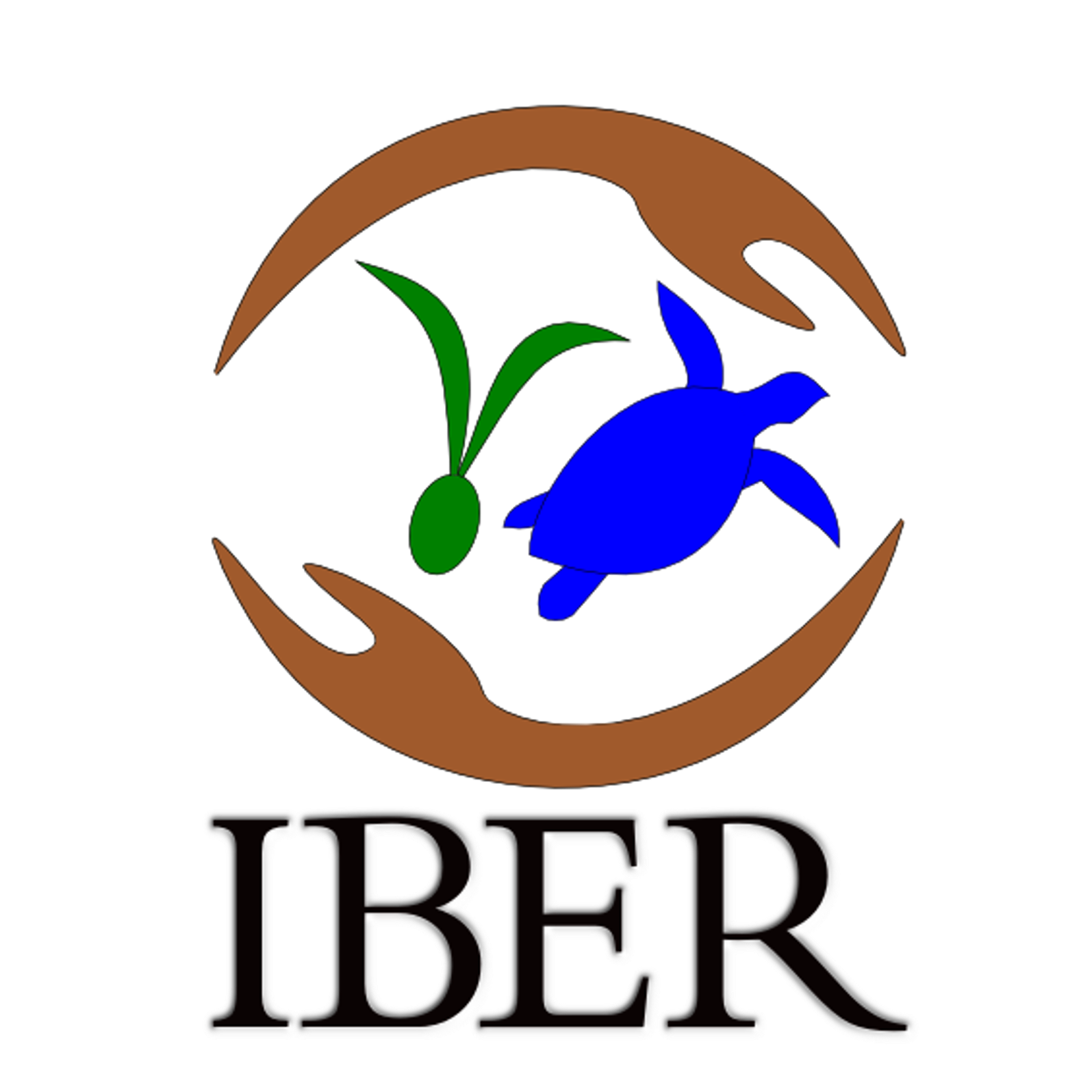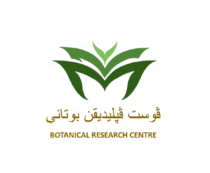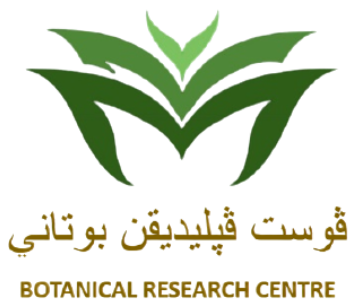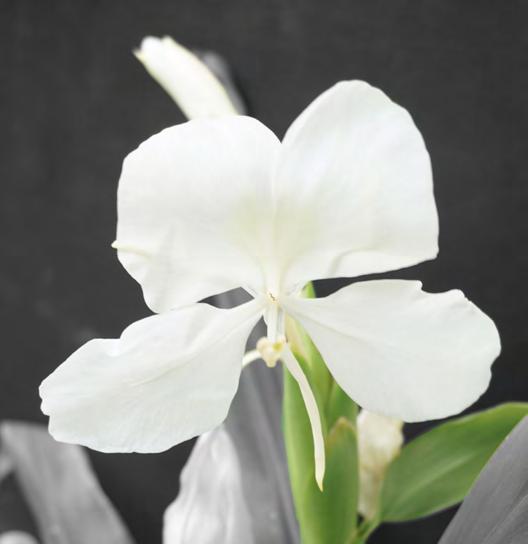Hedychium coronarium J. König
Butterfly Ginger / Kalimbambang/Daun kupu/Kunyit taiwan (Bru.); Gandasuli (M.)
Perennial aromatic herb that can reach 2.5 m tall. Leaves are simple, alternately arranged, green, sessile, adaxially glabrous and abaxially finely hairy. Leaf blade is oblong-lanceolate or lanceolate, acuminate at apex, acute at base with entire margin. Stems are circular, unbranched, reddish at the base and covered with leaf sheaths. Inflorescence a terminal spike. Flowers are white, extremely fragrant and 2-5 flowered. Fruit an oblong orange-yellow capsule that contains many seeds. Rhizomes are fleshy.
Skinless rhizomes are crushed and added with one spoon of rice flour. The rhizomes are made into an infusion for slimming aid. For eye infection and acne, skinless rhizomes are cleansed, cut into half and rubbed onto tired eyes. For joint dislocation and muscle sprains, skinless rhizomes are added with one handful of water-soaked rice grains. The mixture is crushed and applied to the affected area. The leaves are eaten as salad as bloating remedy. The plant possesses antioxidant, anti-inflammatory and analgesic activities.
It is commonly found near streams, along roadsides, around villages, on forest edges, primary or secondary forest and disturbed areas. It prefers moist clay loamy soil under partial shade.
Rhizome division.
It is probably native to Assam, Bangladesh and East Himalaya. It is now naturalized in tropics including in
None







